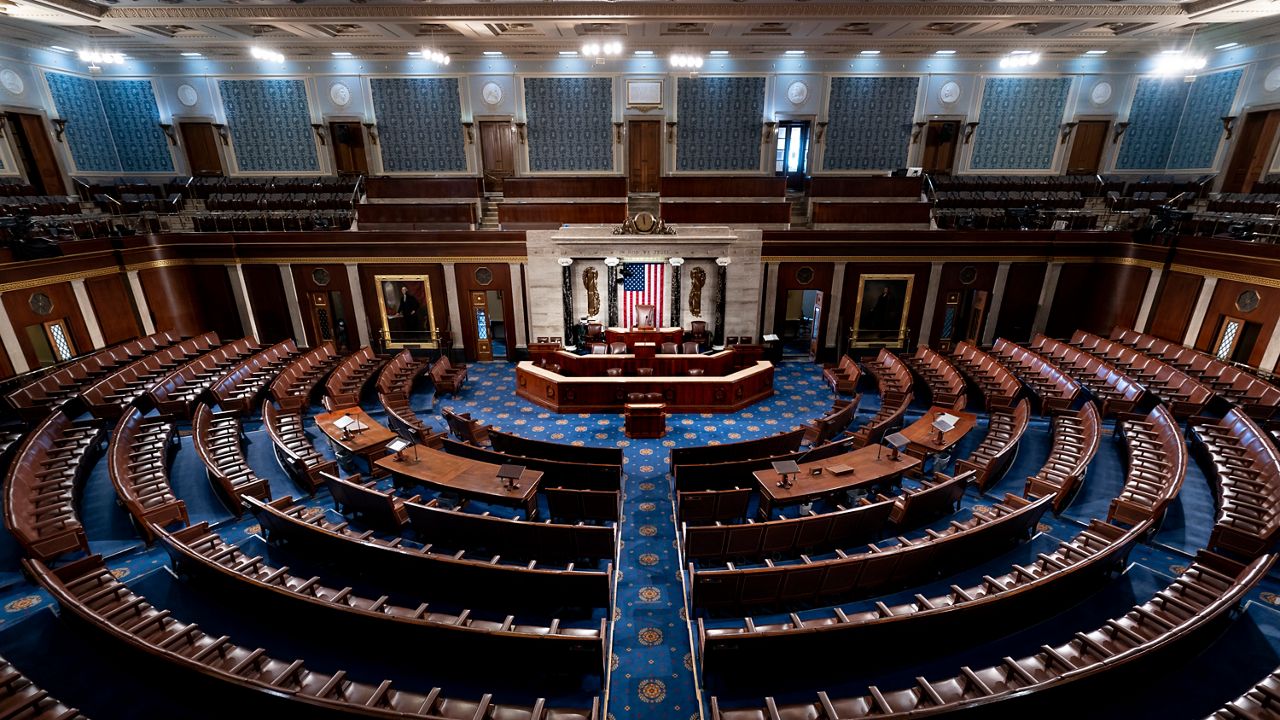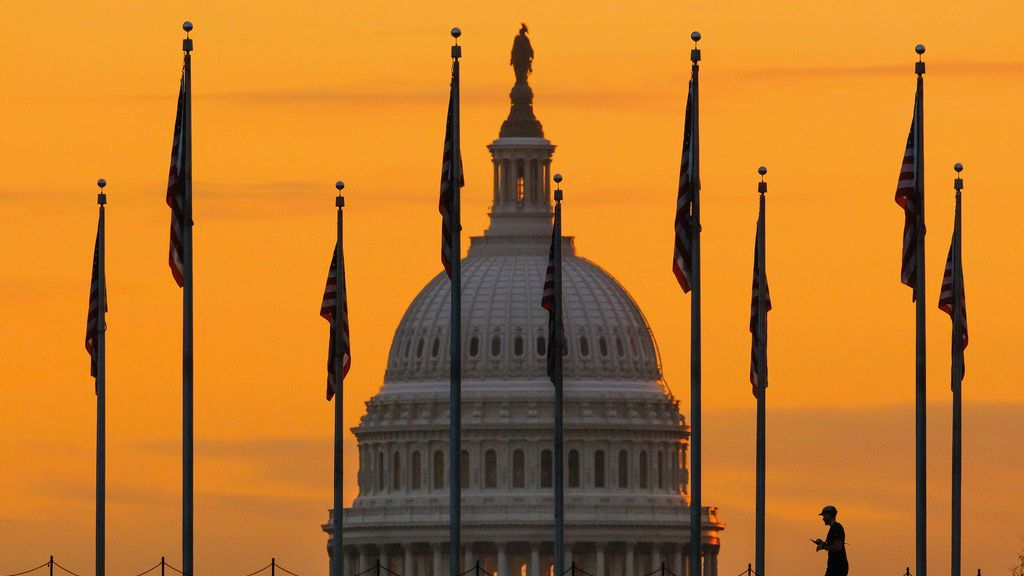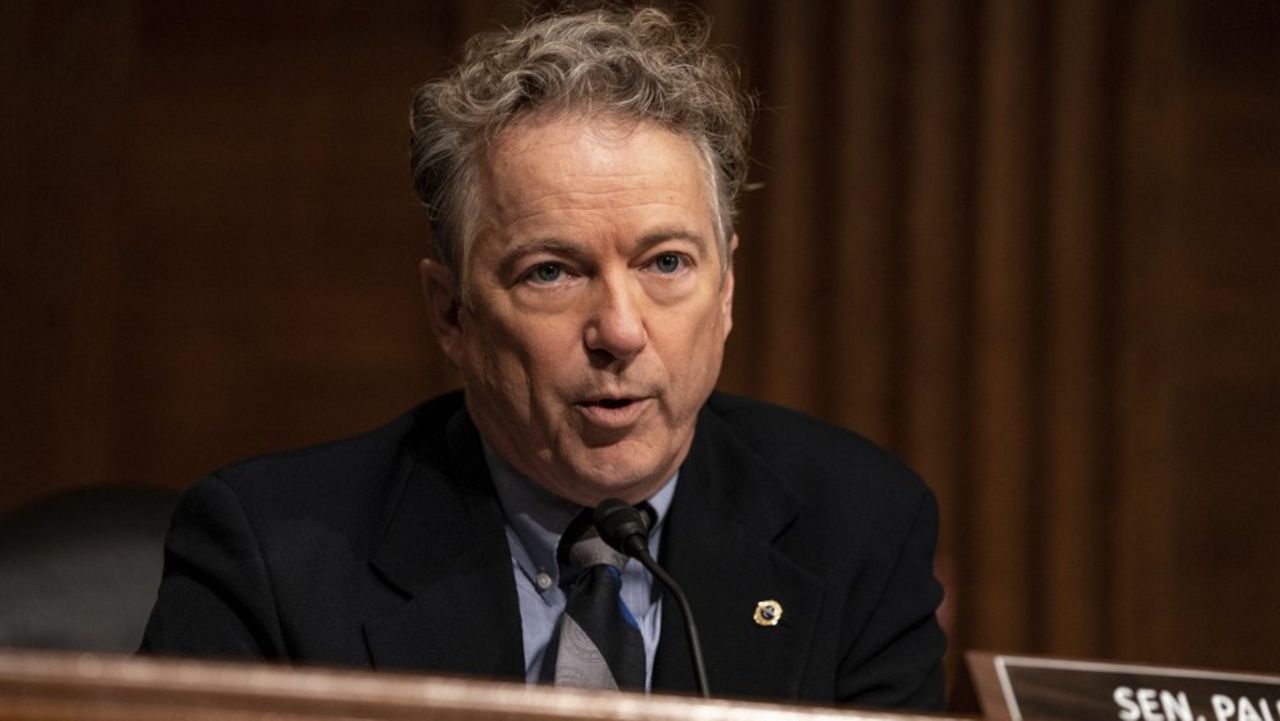WASHINGTON — Two Kentucky congressional representatives are teaming up on legislation to address the decline of white oak forests. The fate of the trees is not just an environmental issue, it’s also a major economic concern. The white oaks are an important source of wood for barrels used to age bourbon, a major industry in Kentucky.
What You Need To Know
- Federal regulations mandate that bourbon be aged in charred new oak containers. White oak is commonly used
- Rep. Andy Barr, R-Ky., and Rep. Morgan McGarvey, D-Ky., of Louisville serve as co-chairs of the Congressional Bourbon Caucus. The two lawmakers are working a bill that aims to guarantee that white oak wood remains available
- Barr plans to speak with his colleagues on the natural resources and agriculture committees with the goal of folding this legislation into the must-pass Farm Bill that Congress is expected to pass later this year
Federal regulations mandate that bourbon be aged in charred new oak containers. White oak is commonly used.
“The bourbon whiskey industry is very dependent on a healthy forest of white oak,” Rep. Andy Barr, R-Ky., told Spectrum News in an exclusive interview.
Barr, who represents Lexington in Congress, and Rep. Morgan McGarvey, D-Ky., of Louisville serve as co-chairs of the Congressional Bourbon Caucus. The two lawmakers are working on a bill that aims to guarantee that white oak wood remains available.
“Currently, white oak is a species that occupies a very large section of the United States, both in the eastern United States and beyond,” Barr, who also serves as co-chair of the Congressional White Oak Caucus, explained. “But that population is under pressure because of a lot of harvesting, both for hardwood purposes outside of the bourbon whiskey industry but also the bourbon industry because there is such a boom.”
The White Oak Initiative, a group focused on conservation, said that researchers predict that white oak stocks are sufficient for the next 10 to 20 years but “younger trees and seedlings are significantly declining.”
“We know we have enough white oak today to meet next year’s supply,” McGarvey told Spectrum News. “But we know it’s dwindling.”
The White Oak Resilience Act aims to jumpstart reforestation efforts by codifying the White Oak Restoration Initiative Coalition, creating pilot projects for the U.S. Forest Service and the Interior Department to reforest white oak, establishing a fund to allow private money to pay for reforesting white oak in national forests through the National Forest Foundation and requiring the U.S. Forest Service to increase the capacity of tree nurseries.
“The problem with white oak is that it’s very slow growing,” Barr said. “Those seedlings can sometimes be crowded out by faster growing species, so we need some land management tools, also some genetic innovations to help the reforestation efforts progress.”
Barr said he plans to speak with his colleagues on the natural resources and agriculture committees with the goal of folding this legislation into the must-pass Farm Bill that Congress is expected to pass later this year.










